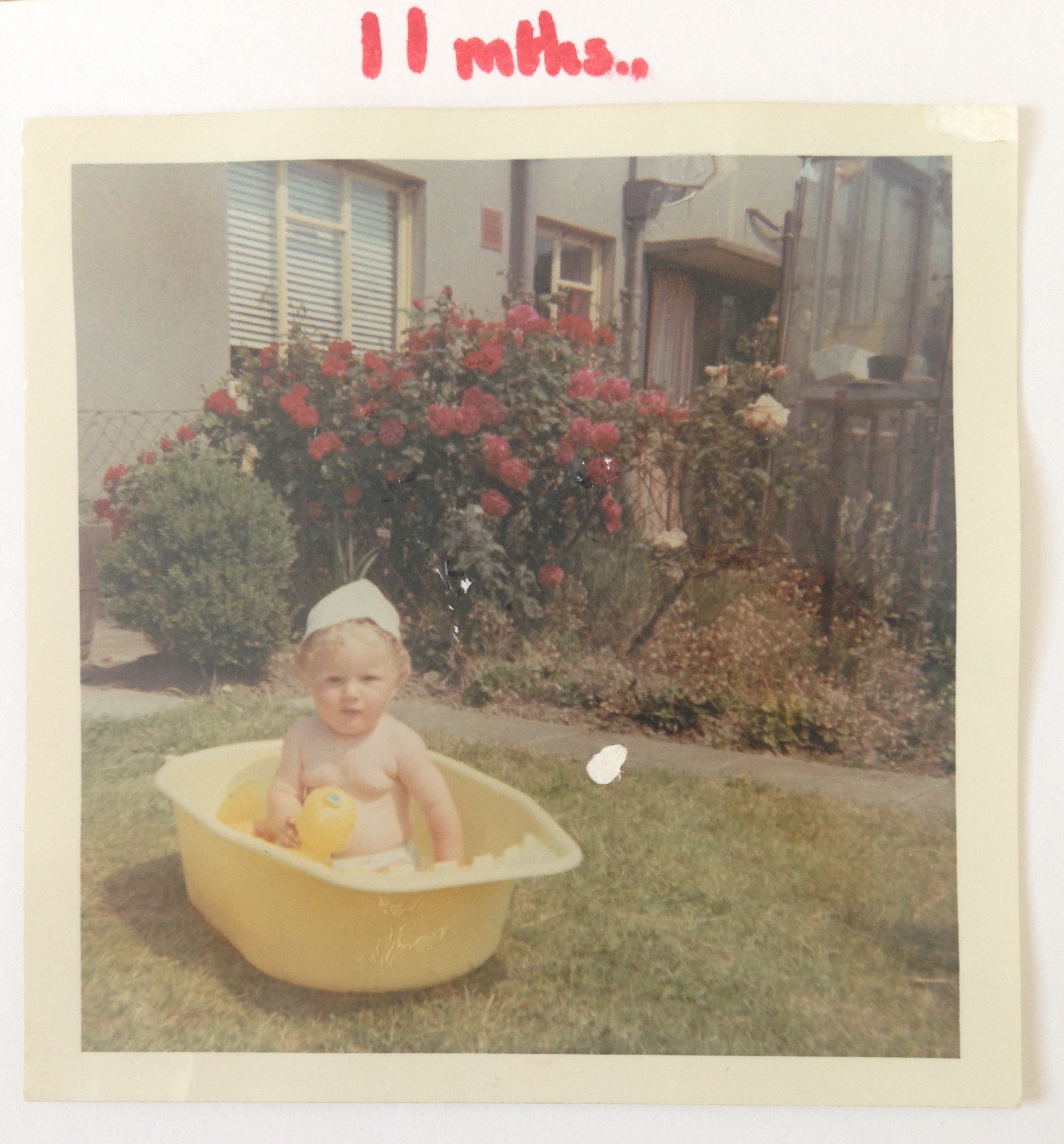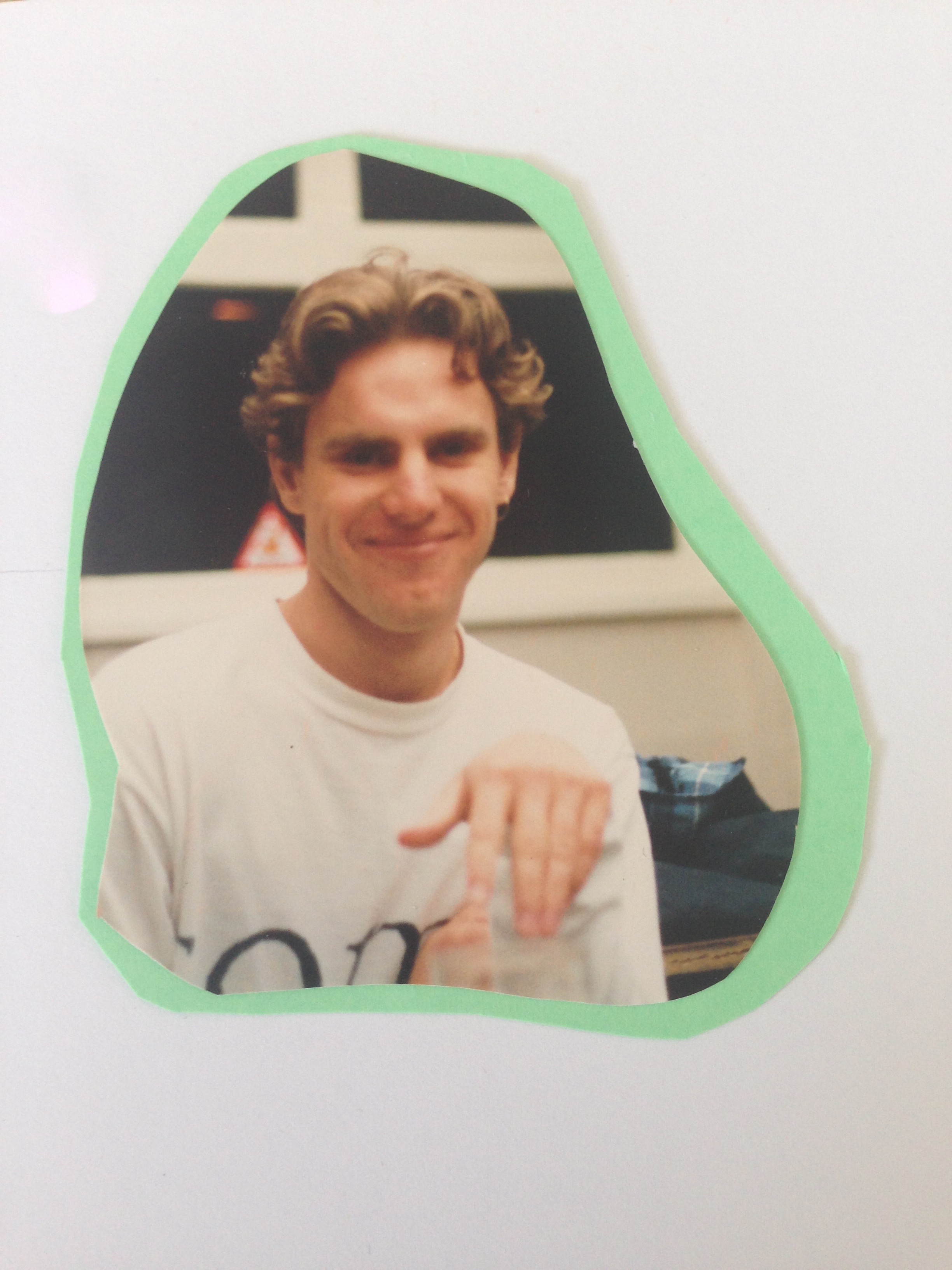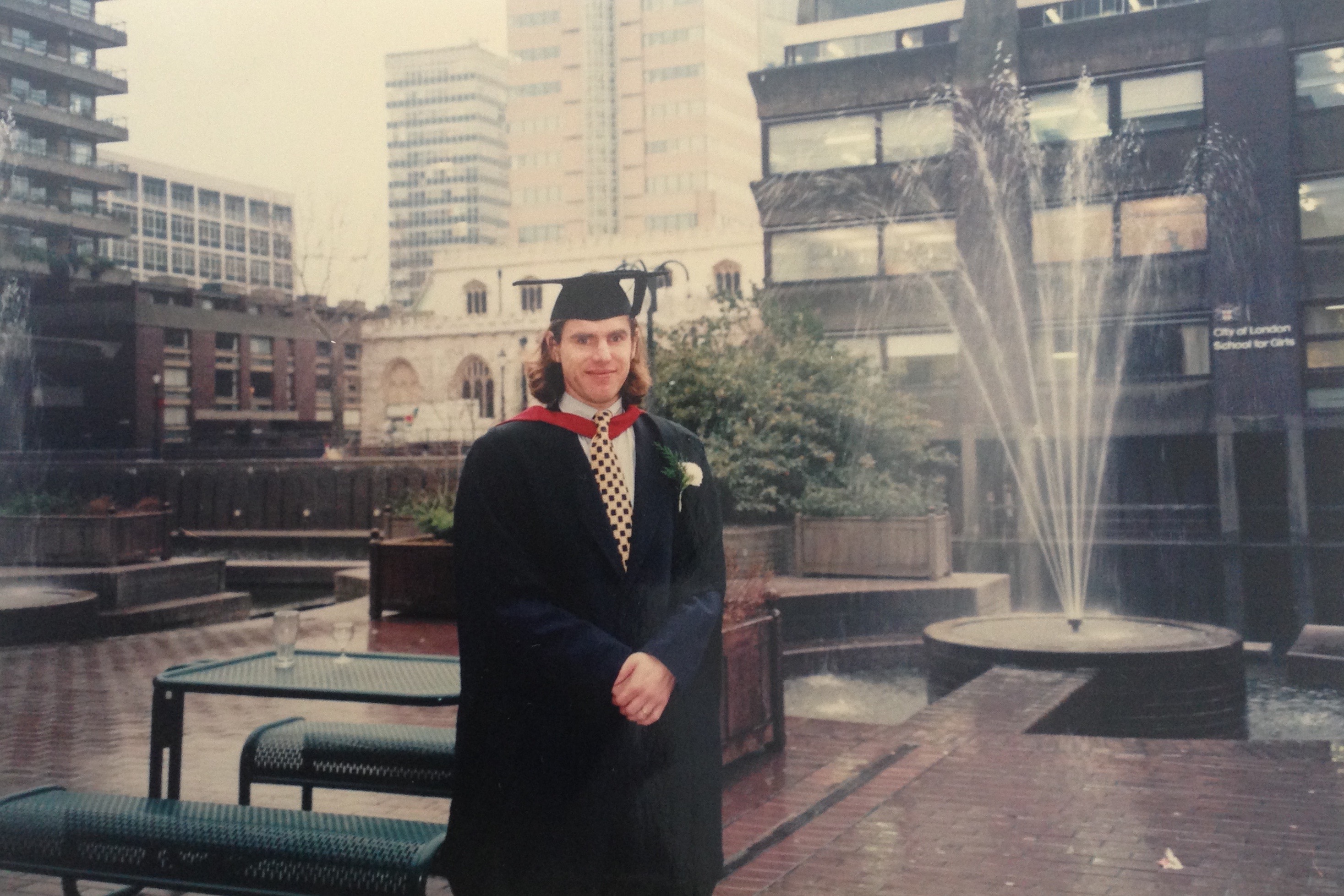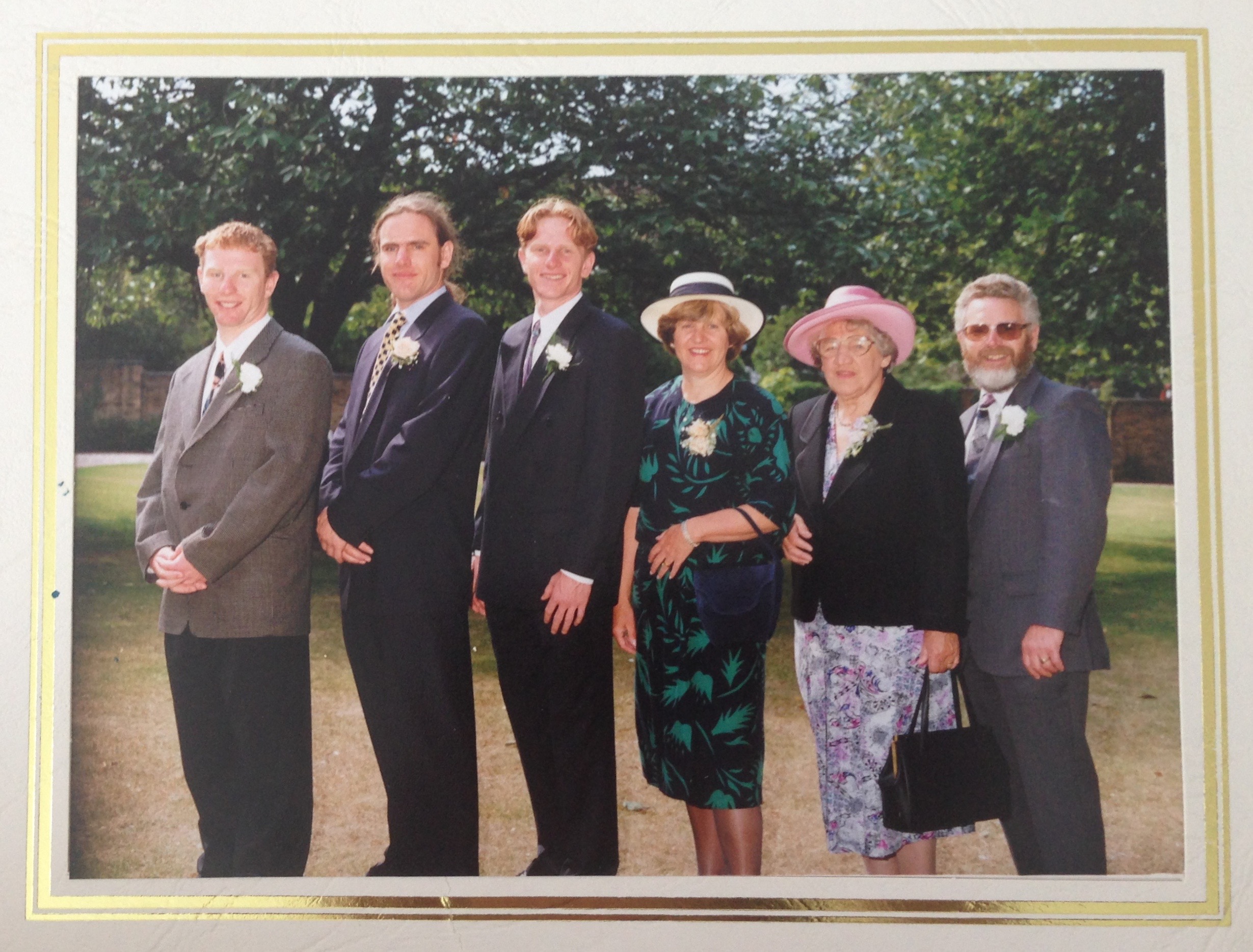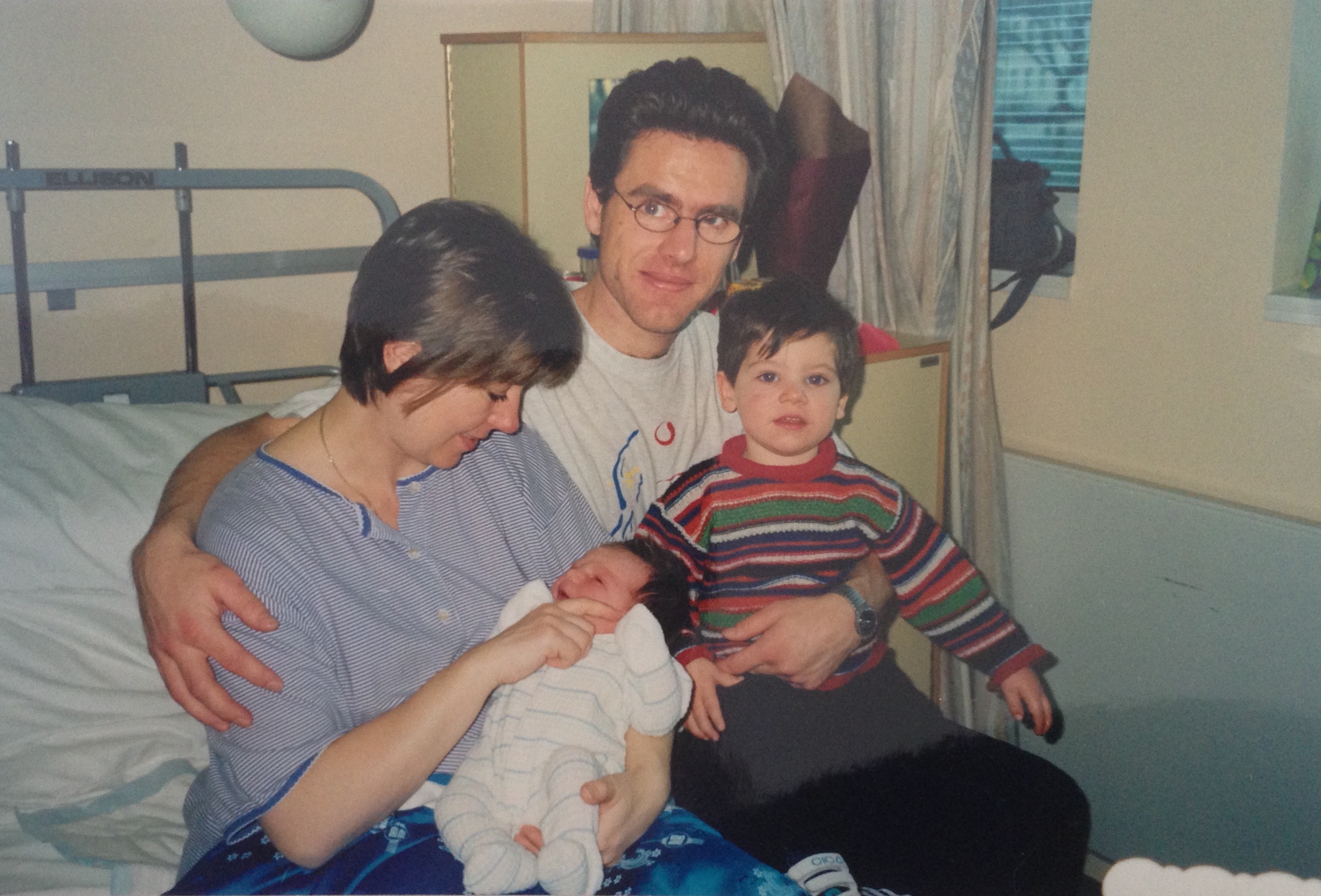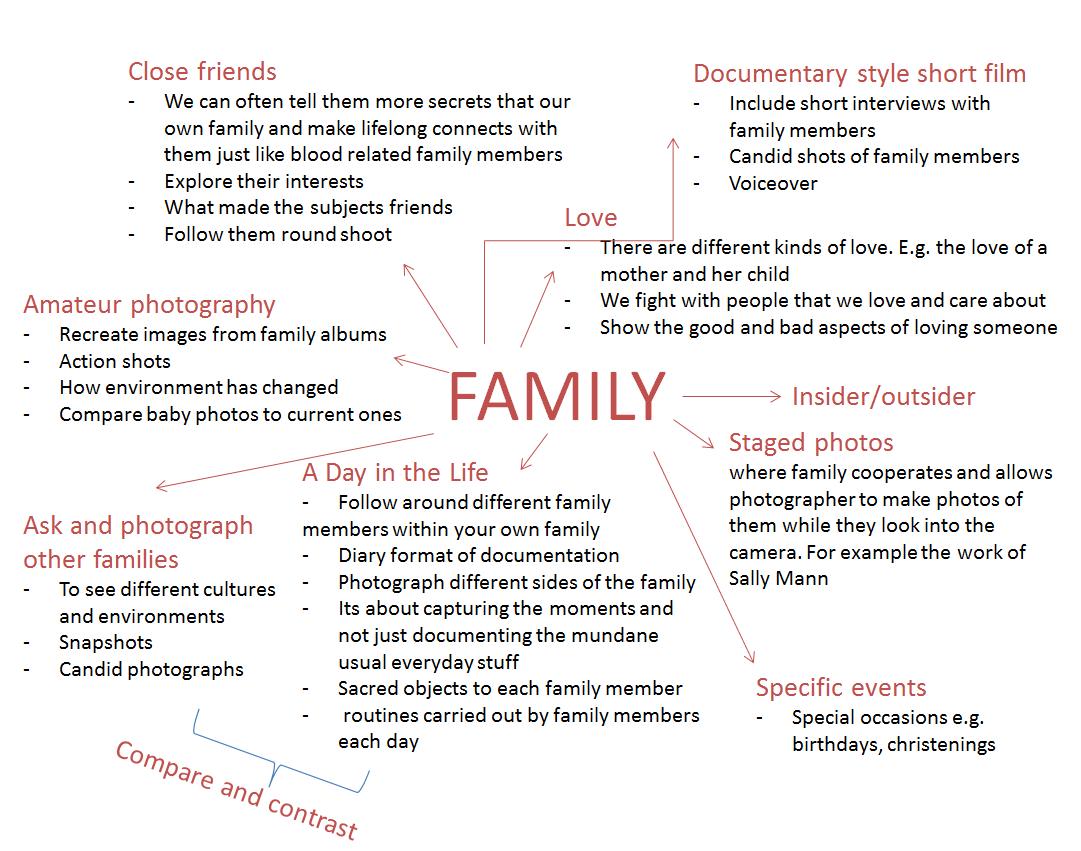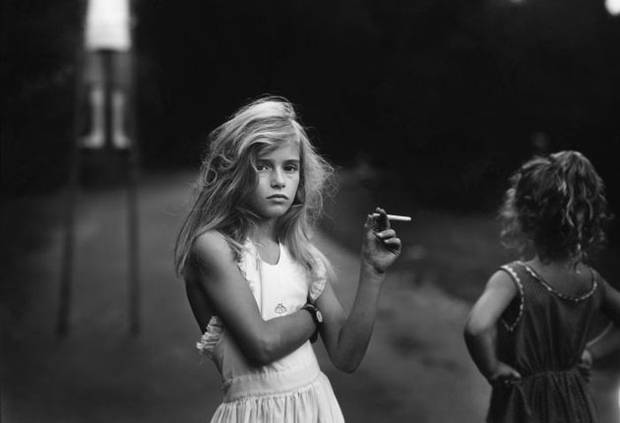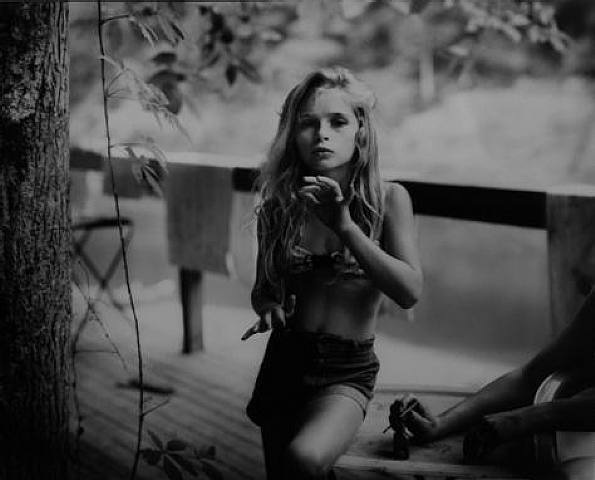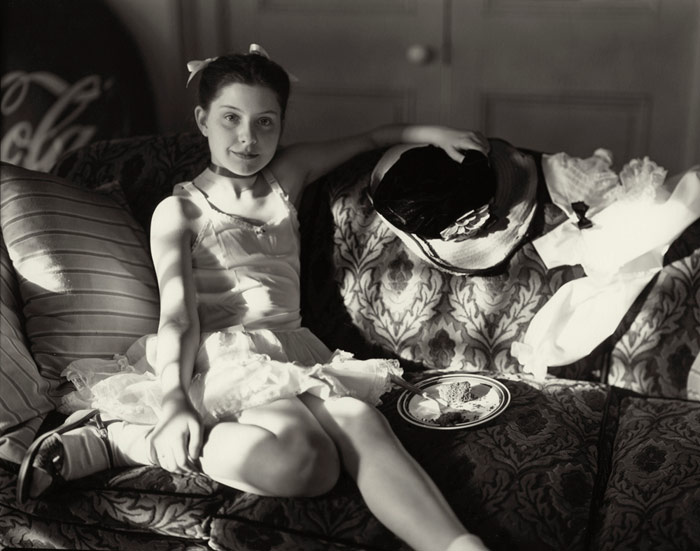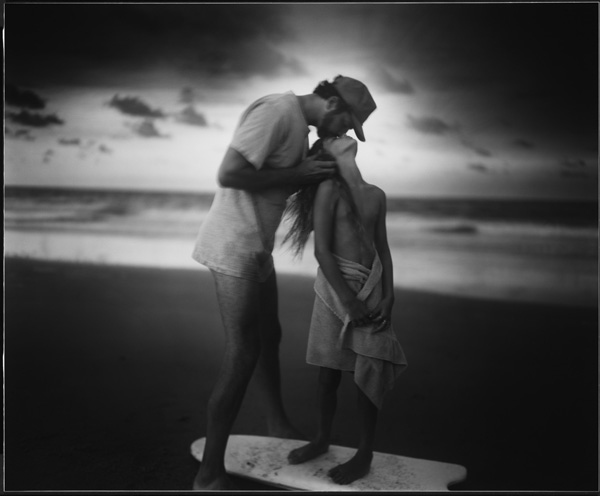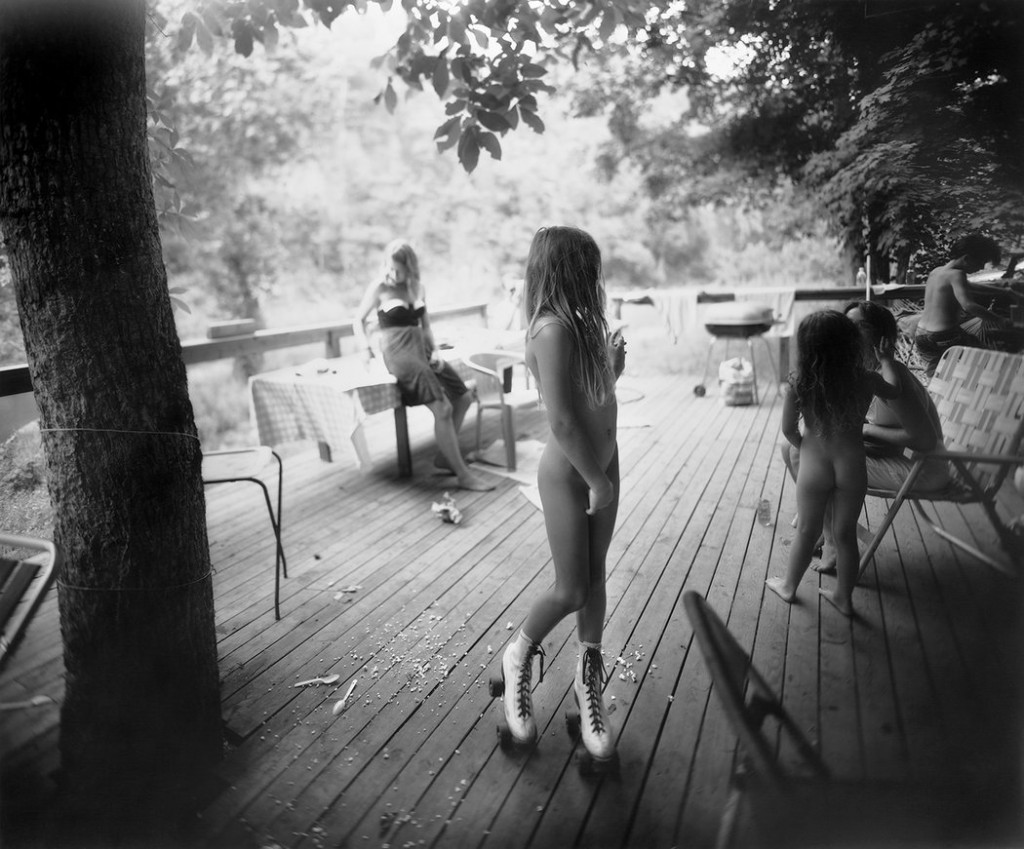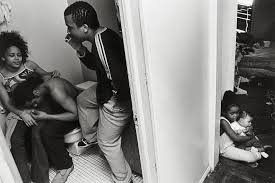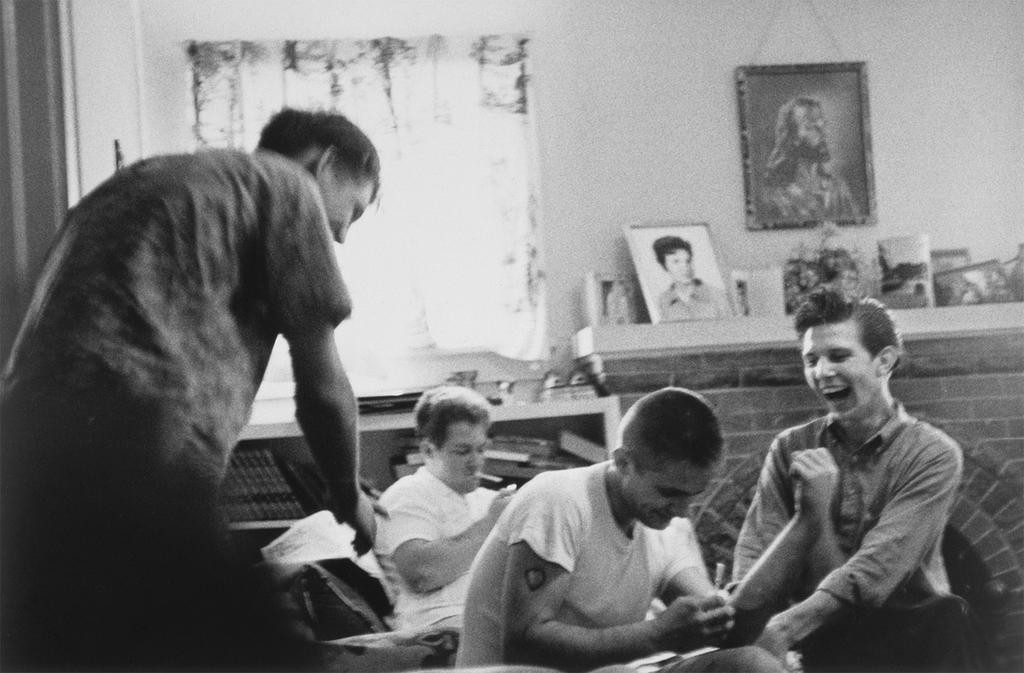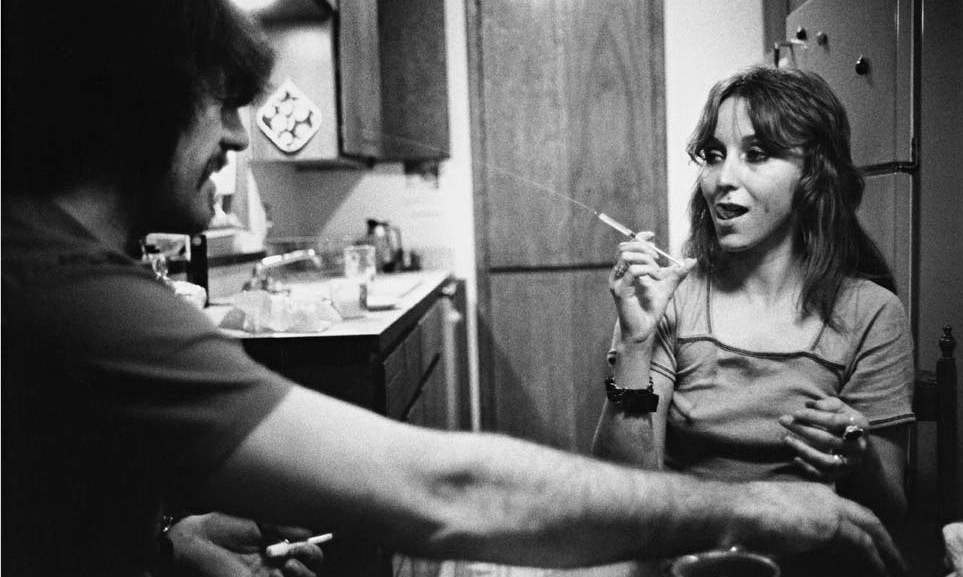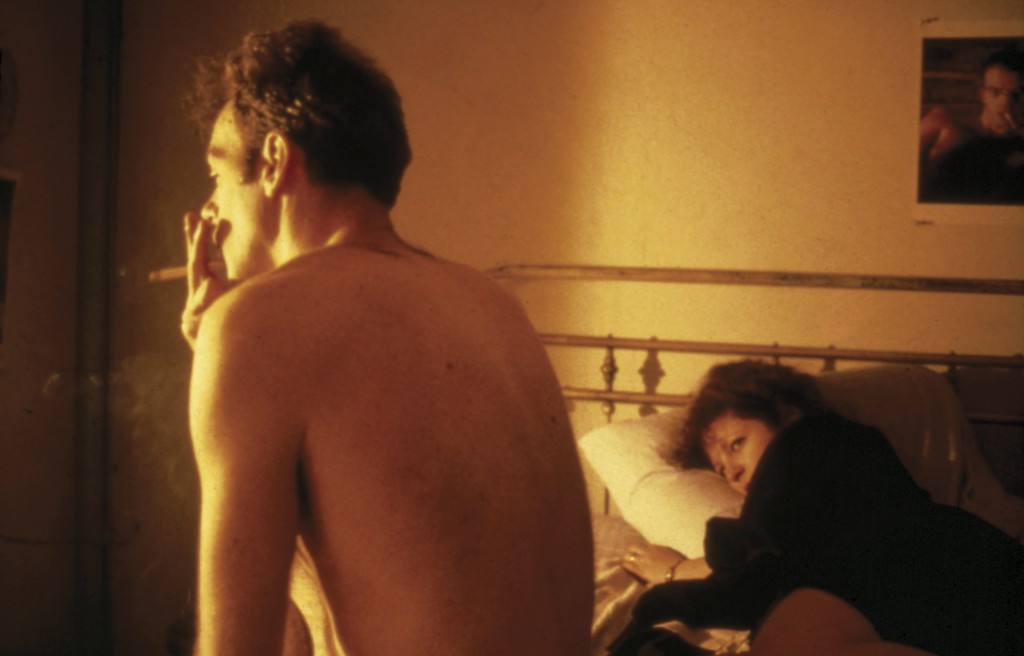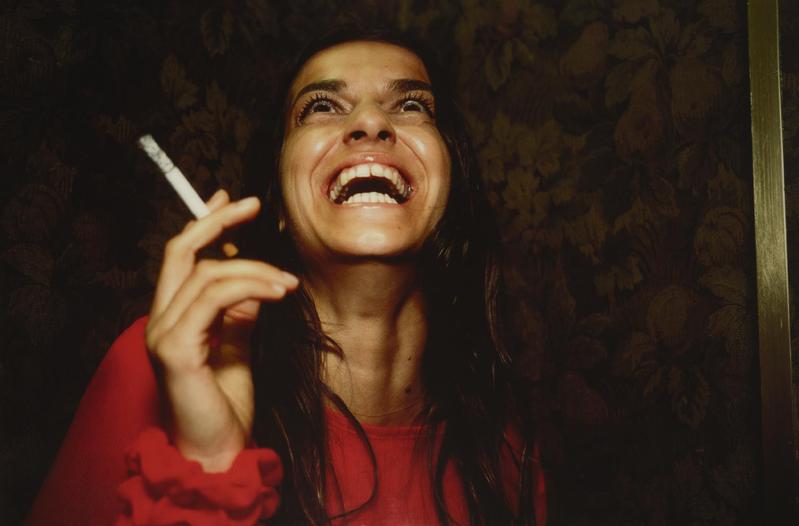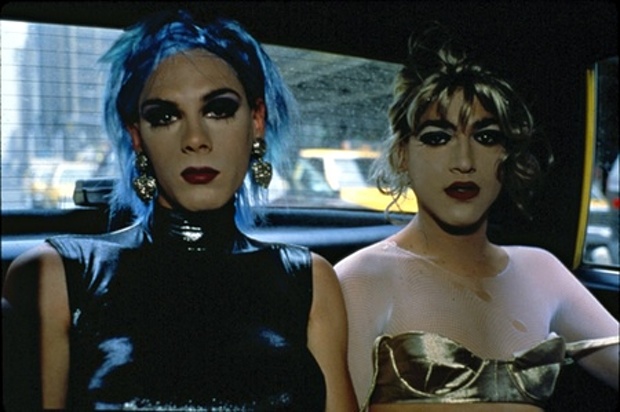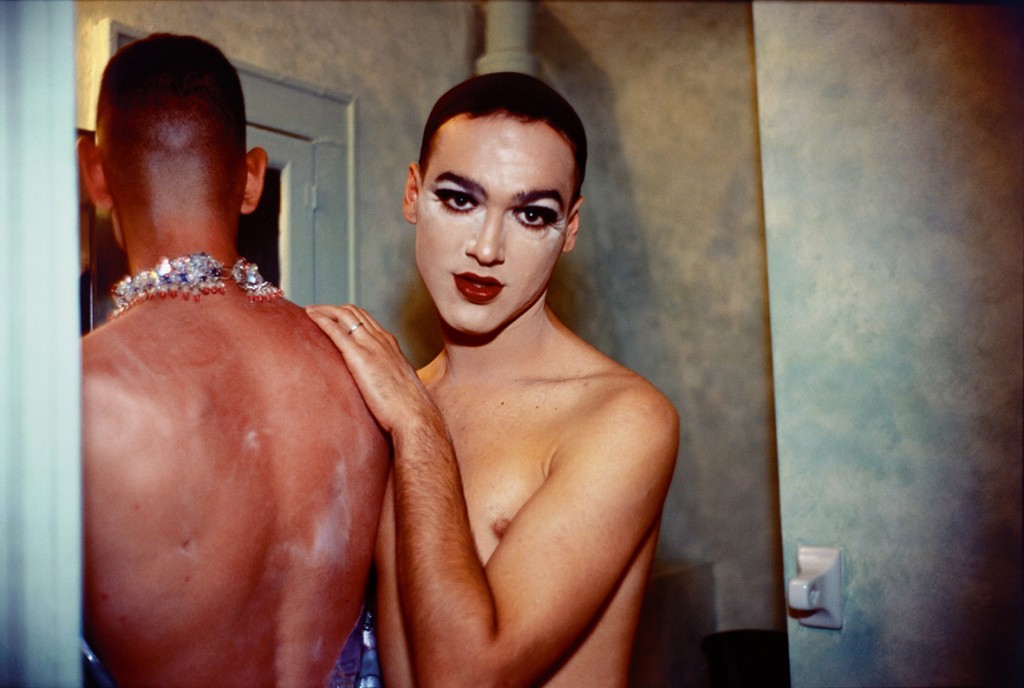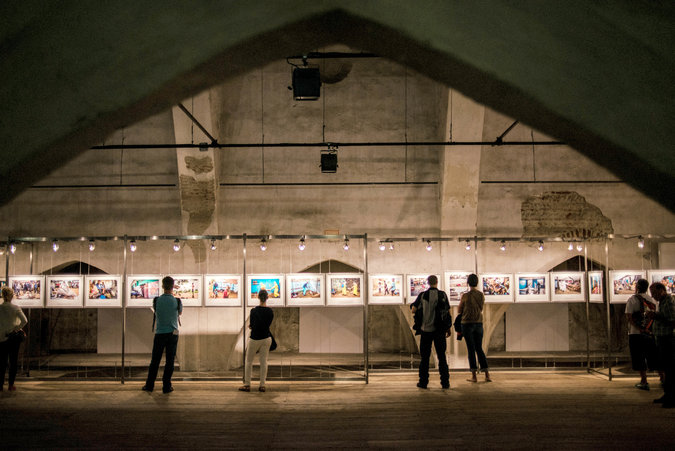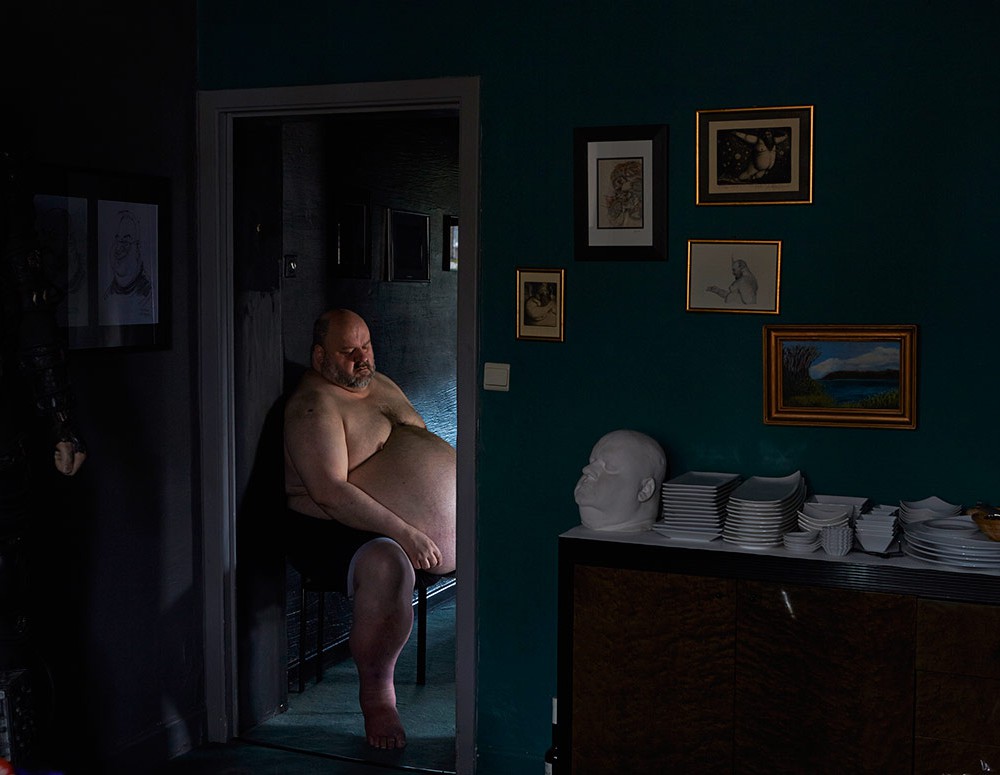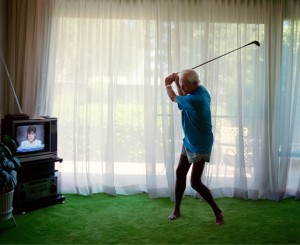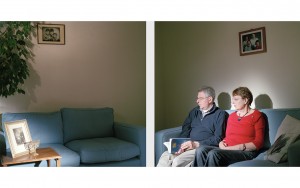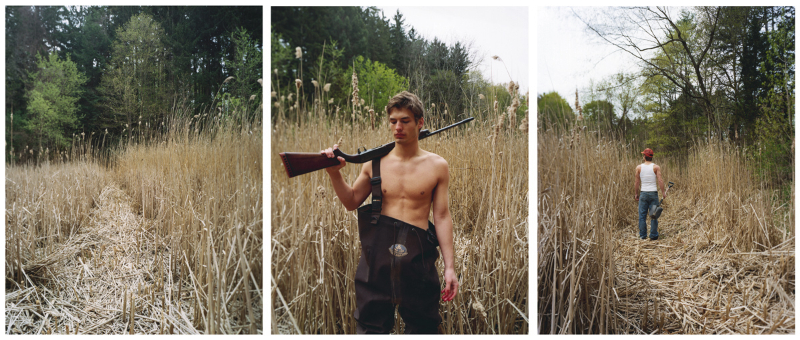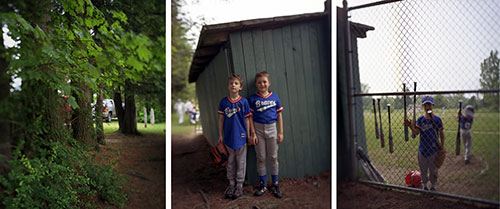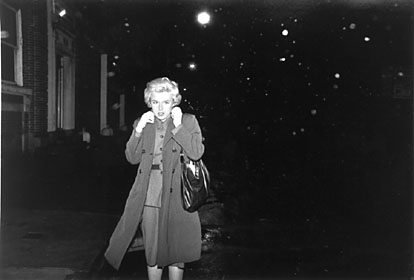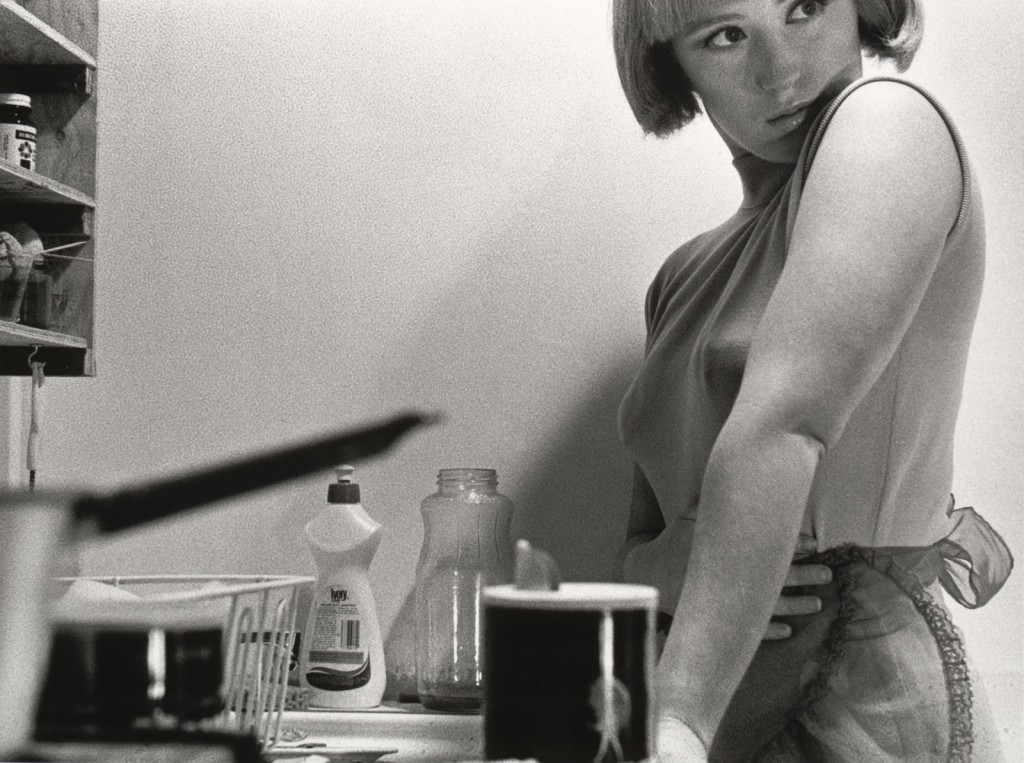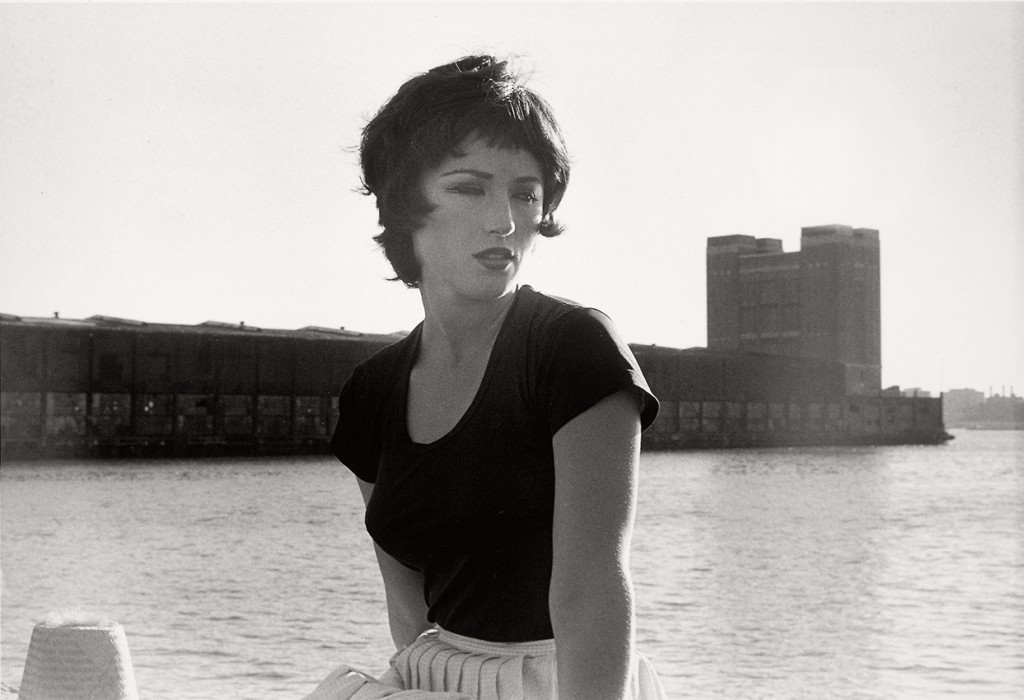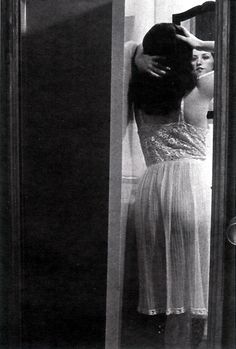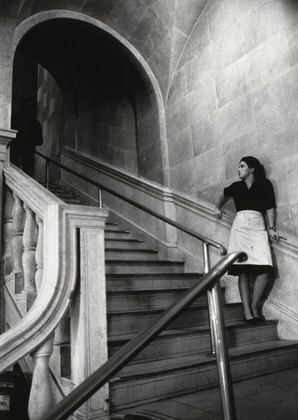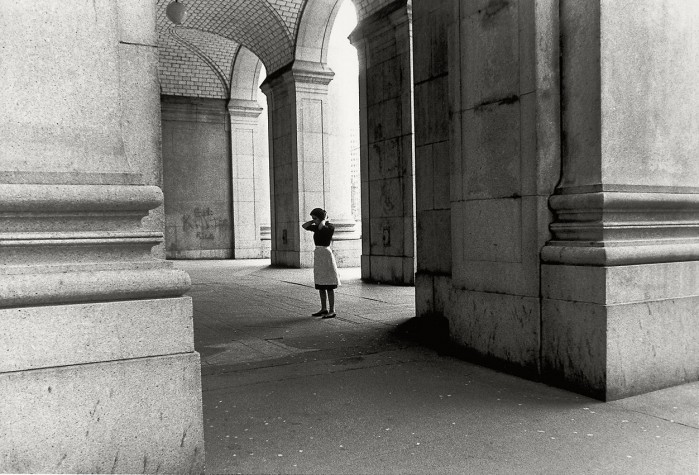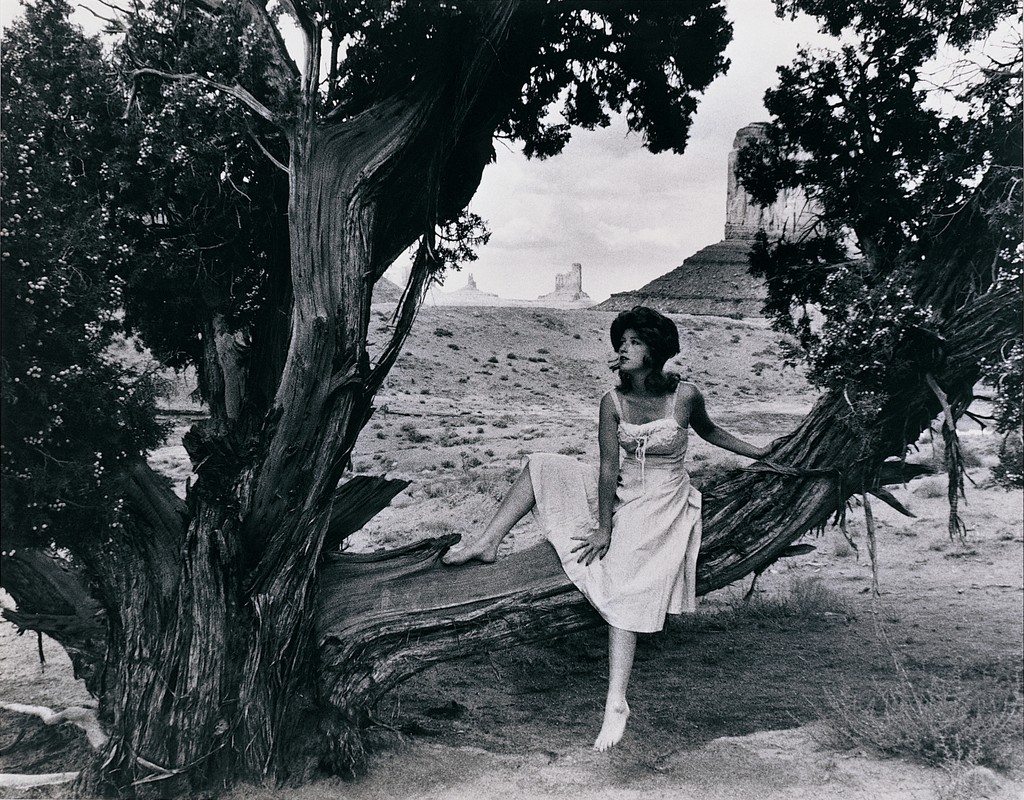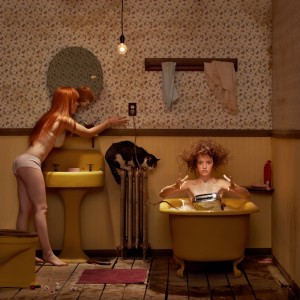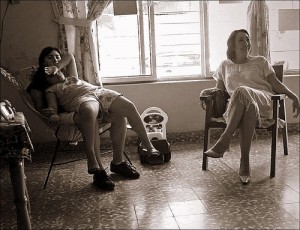Photographers actually have a code of ethics when making documentary photos. This mostly consists of photographers not taking advantage of a staged photo opportunity. This is only for photojournalists as they are simply supposed to be bare witness and should not manipulate the scene to make for a more interesting and visually pleasing image. I think that this is the best concept for photojournalists as they shouldn’t manipulate the truth as it is news reporting and will be shown across the world as fact. I believe that this method of photojournalism is important to be followed and agreed upon in the photographic world. I think that this code of ethics does not apply to documentary photography in itself as I think that photographers are able to make stronger images if they are able to slightly manipulate and remould the way the photograph is going to turn out. Documentary photographers are able to collaborate with their subject in order to make great images, like asking them to look directly at the screen emotionless. Photographers are able to send out a message to the world and to challenge spectators views on different issues including, political, social and economic ones. For me tableaux photography has no limits and no rules, it is completely staged and the photographer has complete control. Here photographers are able to freely express themselves often with hidden meaning that includes the political, social and economic meanings behind them.
Agreement made by photojournalists: https://nppa.org/code_of_ethics
I believe that there is a certain point in documentary photography where it can all become too real in that the photographer might be photographing during a war and suddenly they come across a soldier covered in blood. The question is should they make the photograph or should they try and help them? There has always been a lot of controversy with this topic but for me I believe that taking that one photograph can change the world. The photographer doesn’t need to make the photograph and walk away as if there is nothing going on, they have the opportunity to share the torment and the troubles that these individuals go through in order to reach a broader audience. It is one thing to hear someone say that a small child was washed up on the shore but it is another to actually see it. These kind of documentary photos really put your own life into perspective, they provoke change making more and more people want to go out and help whether that be raising money or changing who they vote for or even going out to that country and personally helping those in need. So yes I think that that photo should be taken because through that single image we as a society are able to provoke change in the way people think. Spectators will see these hard hitting images and want to make change. Without these images we wouldn’t be able to really visualise what others across the world are going through. These types of images may anger people and make them wonder why someone who make an image rather than help a person but ultimately they will be the ones getting the message out and getting more people to help.
The link below is from a photography competition. The photographer used a drone with a camera attached to this to make these images, they are supposed to represent the drones that the US send out intelligent airstrikes in Pakistan, Yemen and Somalia. These attacks have been going on since 2002 and have resulted in large numbers of fatalities, this includes hundreds of civilians. These images were made across the US that are usual airstrike locations and events abroad [funerals, groups of people exercising or praying and weddings]. This photographer made these images to get the message across to the US of what they are doing to average and innocent civilians in their own country doing their own thing. This reminds me of the image of the young girl with her clothing burned off by the acid bomb attack America made on Japan, but more this image reminds me of the Banksy version of that photograph.
Banksy’s image is world known and really sends out a message to the rest of the world as this young girl is crying and screaming as her clothes and skin are being burned she is holding hands with Mickey Mouse and Ronald Mcdonald who are known to the world as American ‘icons’ in that people would associate them with America. I think that this is a very strong image and makes the spectator rethink and understand that what the US was doing was affecting innocent civilians and not the people that it was actually aiming for. This is where Tomas Van Houtryve’s work ties in as he is showing that the places that he has photographed with a small drone and his camera attached to it is what the US is attacking in other countries. It doesn’t make sense and is constantly effecting innocent civilians lives. I think that these images are very strong as the shadows on a lot of the images are so huge and the people are so little, I like that it has a political meaning behind it in the hopes for change and for America to stop ruining innocent lives as the places the US has and is bombing are the places that many Americans enjoy everyday of their lives and do not know what it feels like to feel that they cannot express themselves or go to pray in the fear that they will be killed by US airstrikes.
Thomas Van Houtryve work: http://www.worldpressphoto.org/collection/photo/2015/contemporary-issues/tomas-van-houtryve


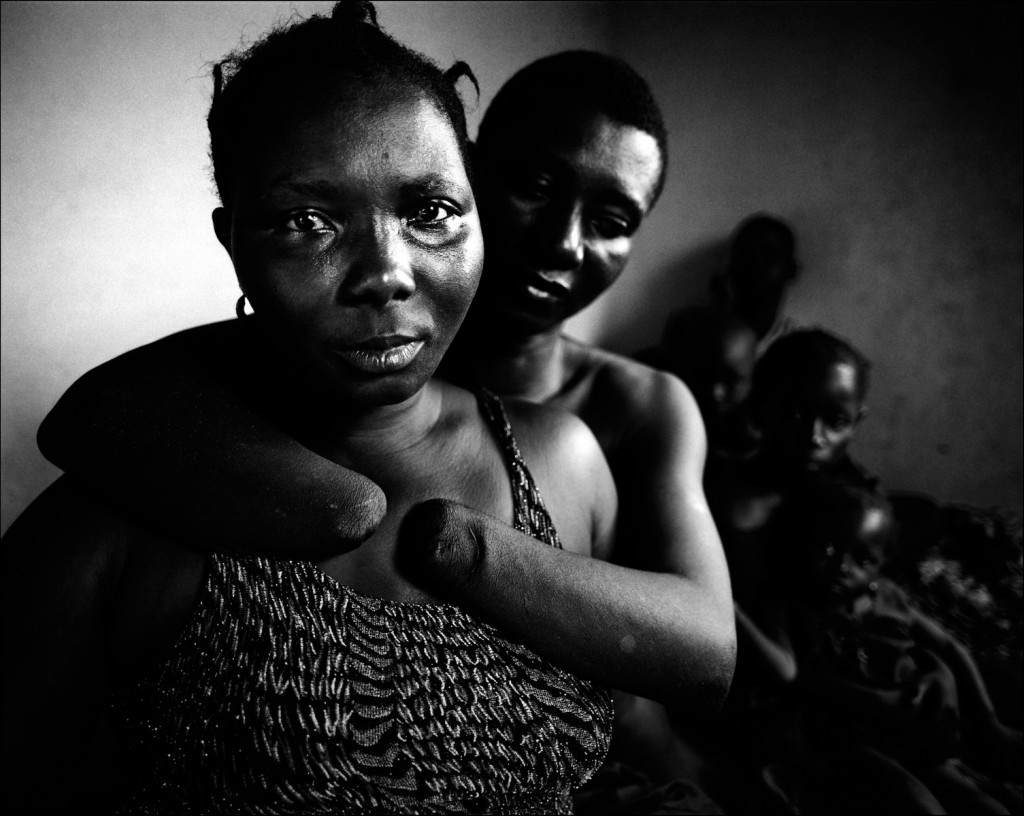
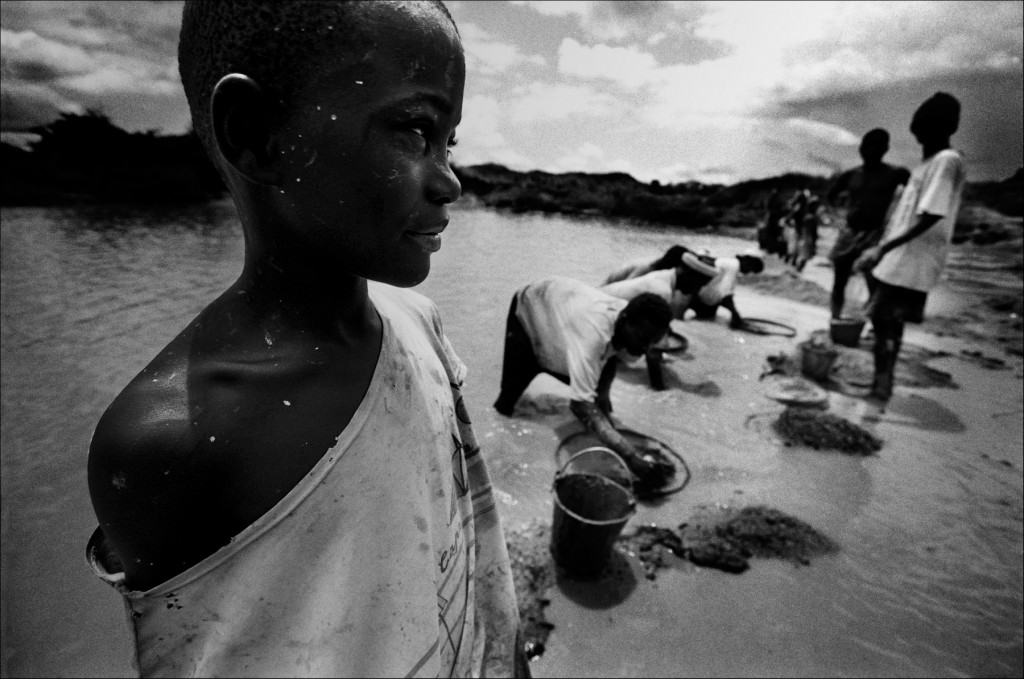
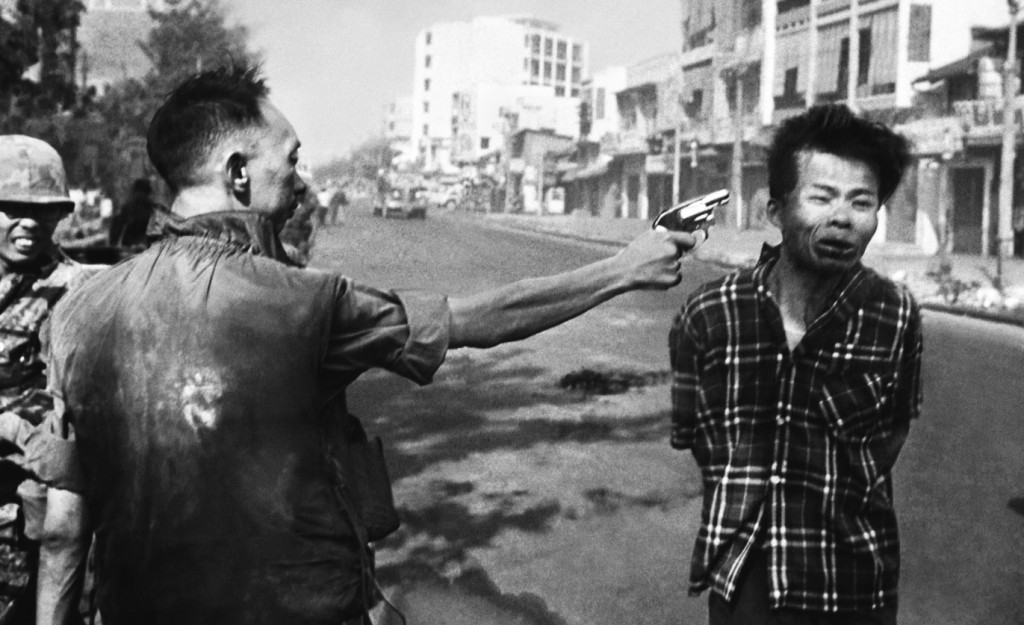
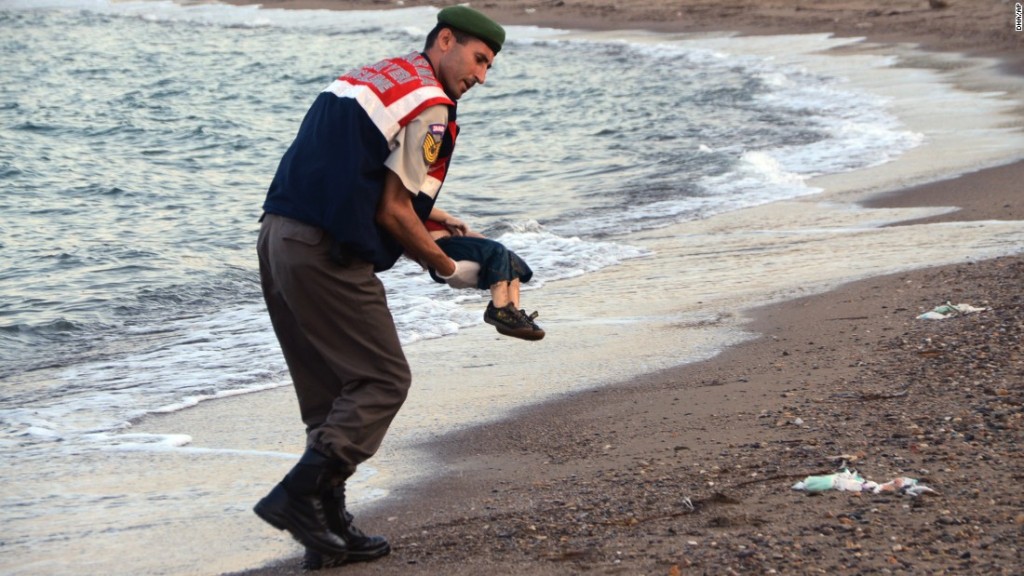
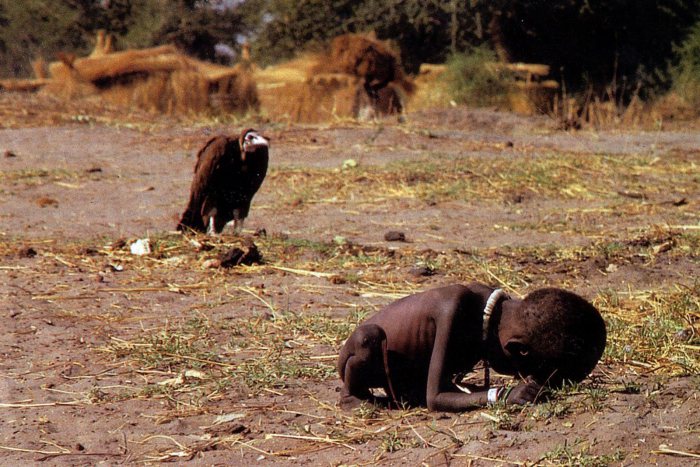

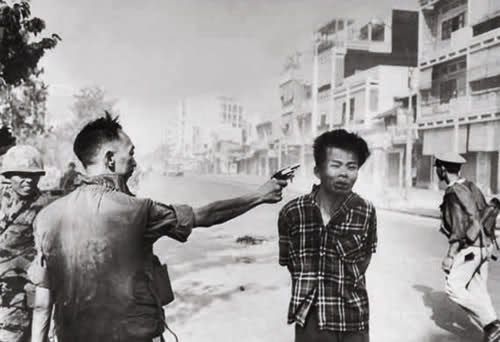
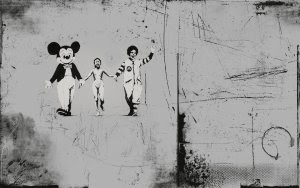






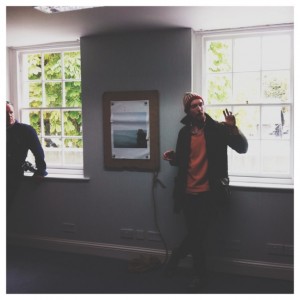

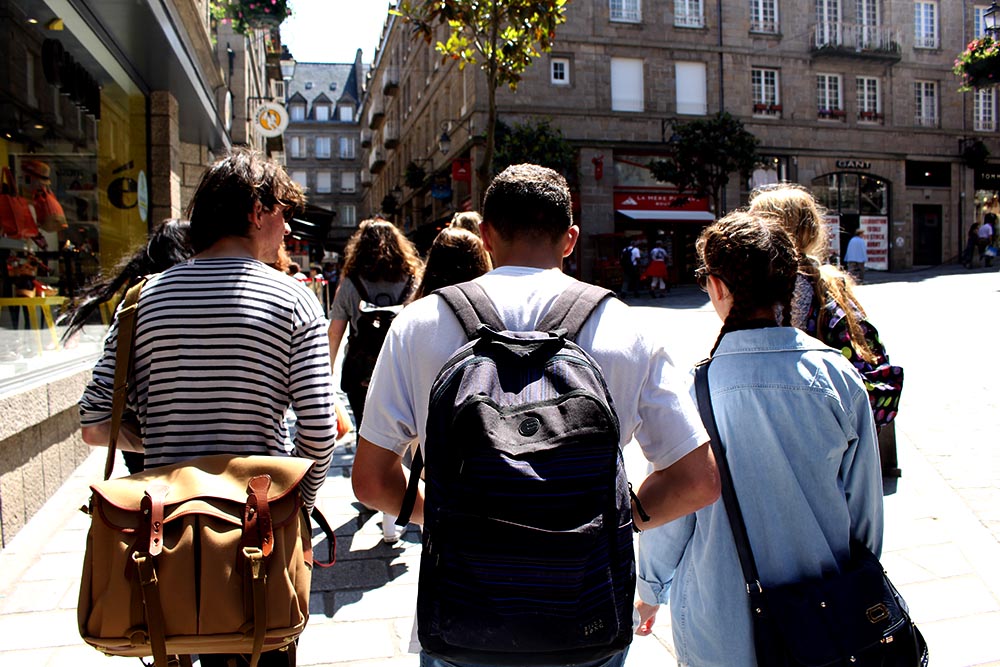
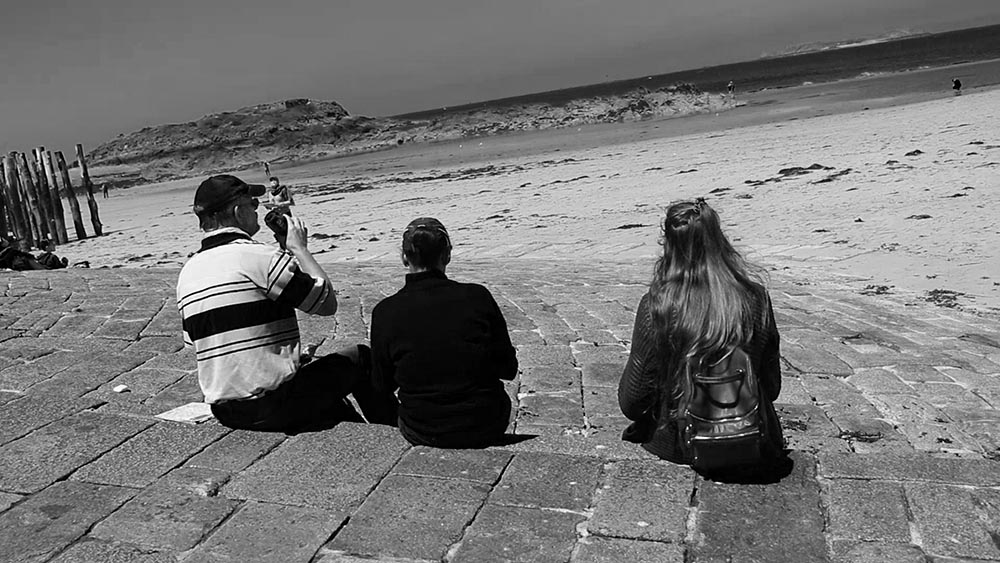

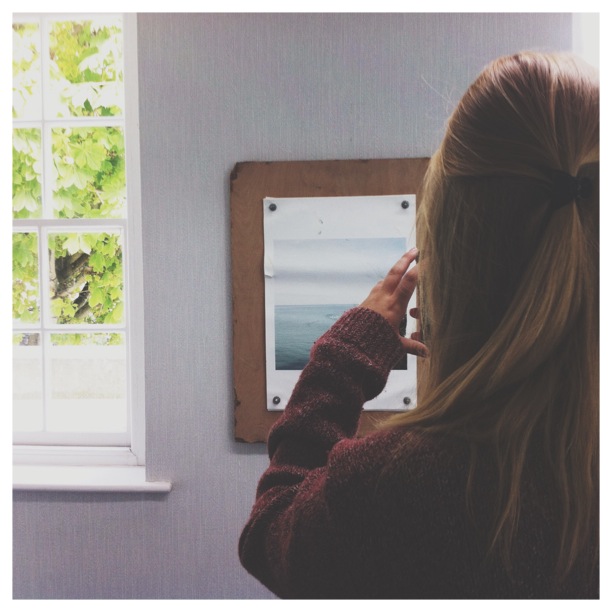



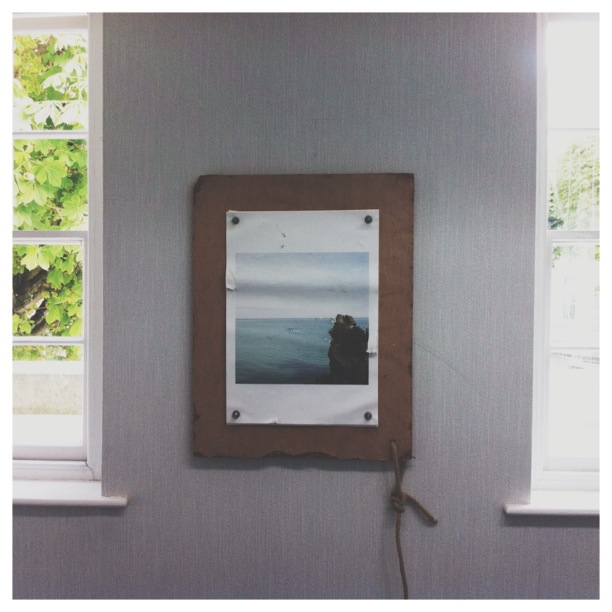
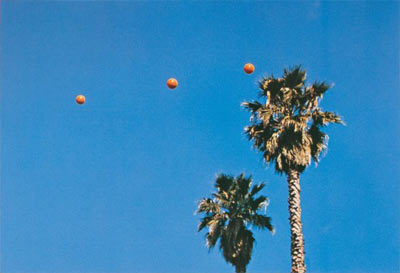
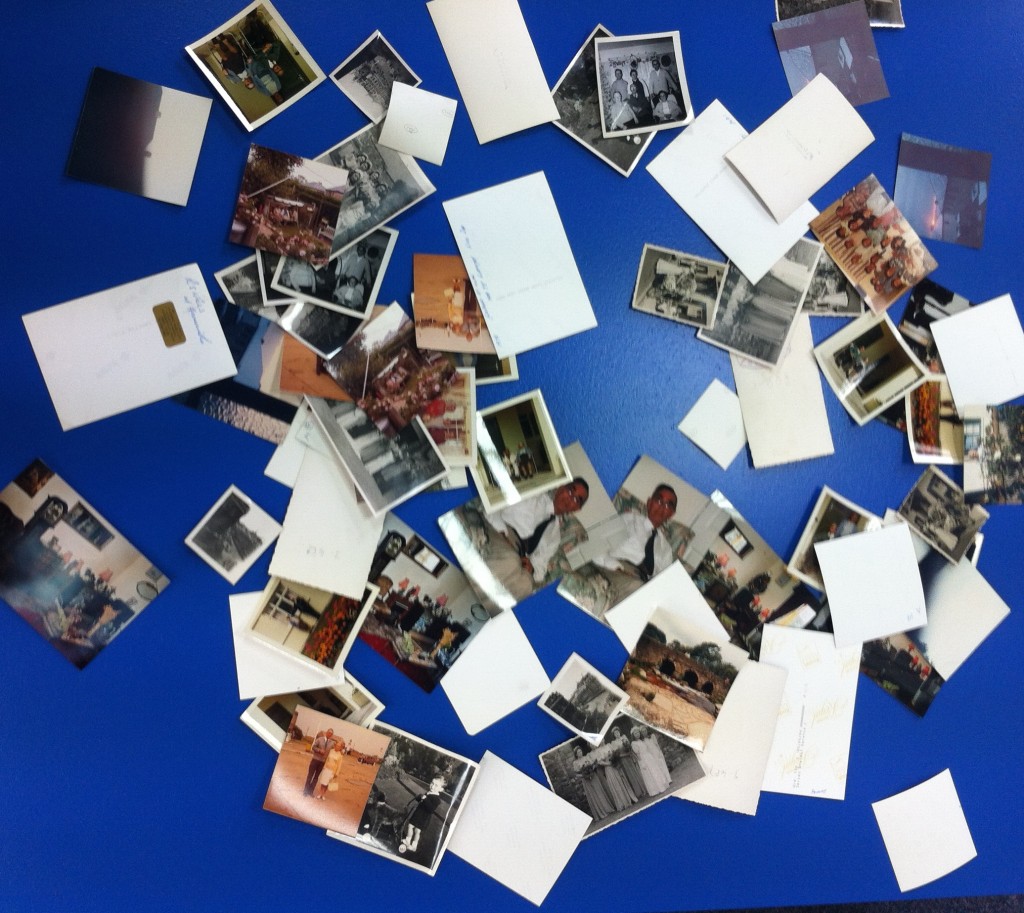
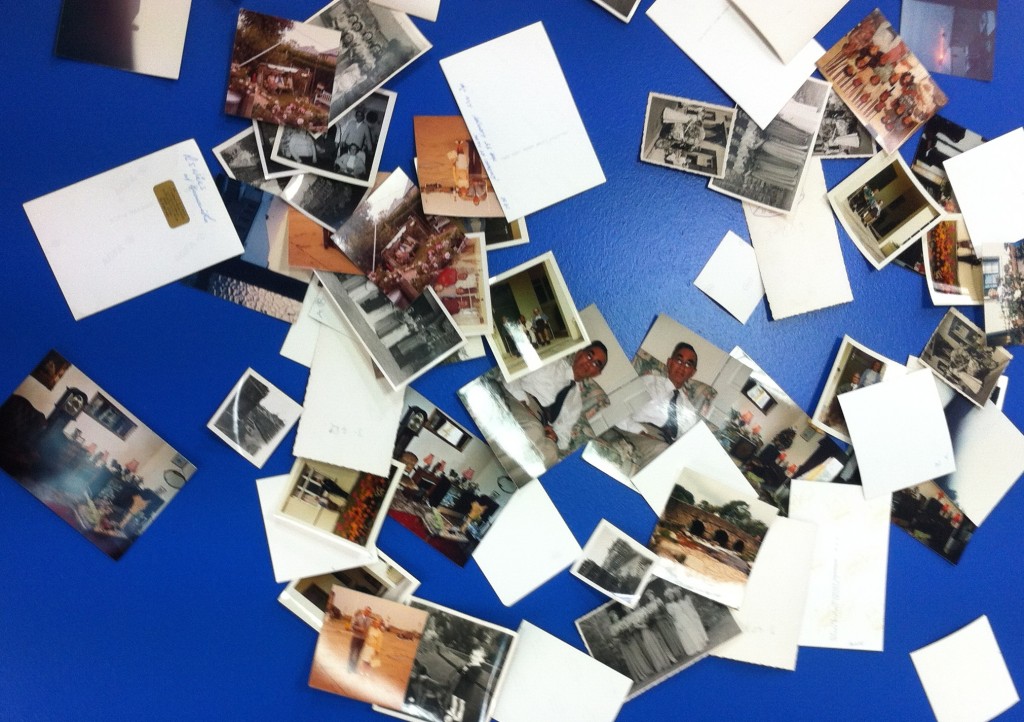
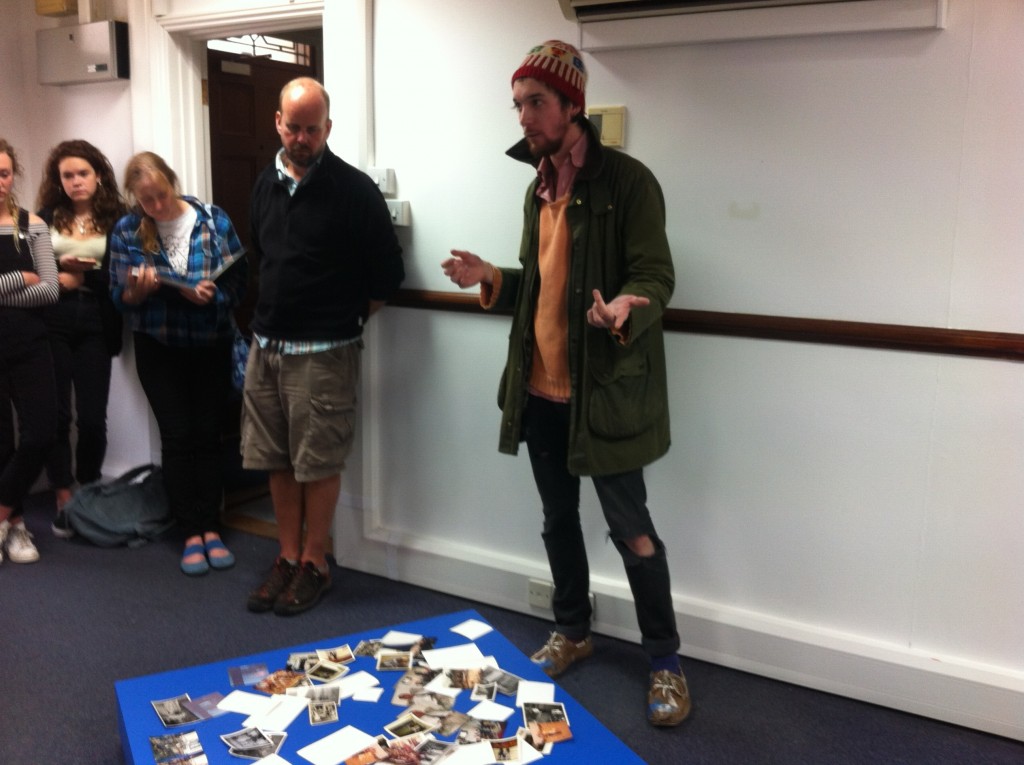
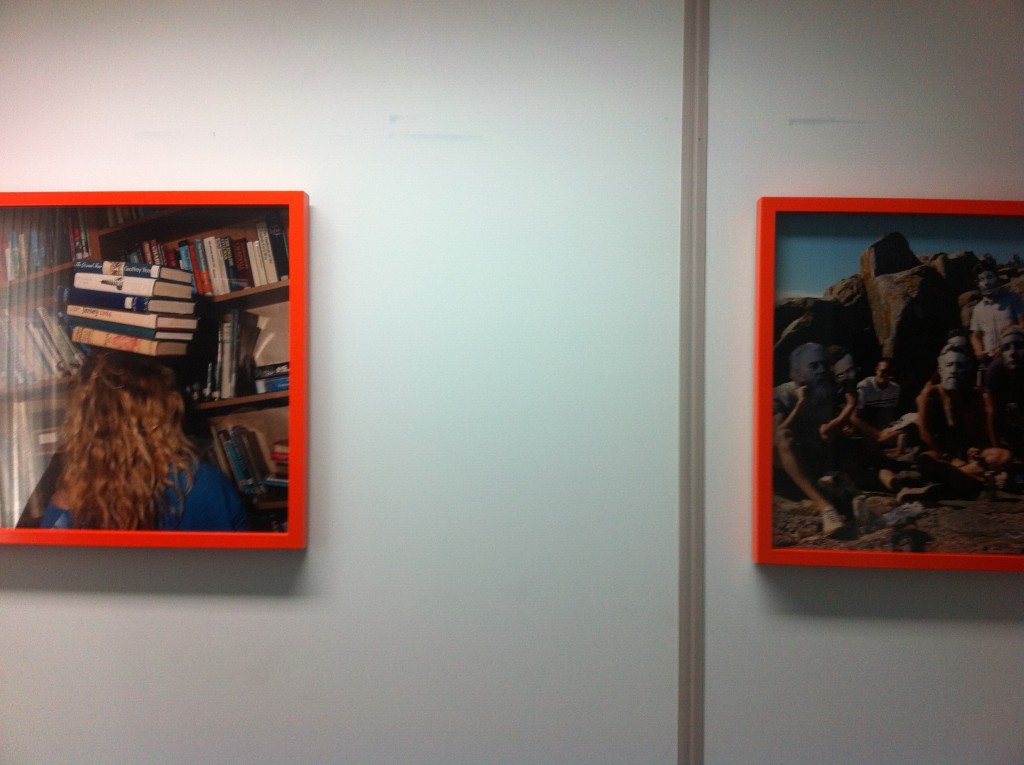



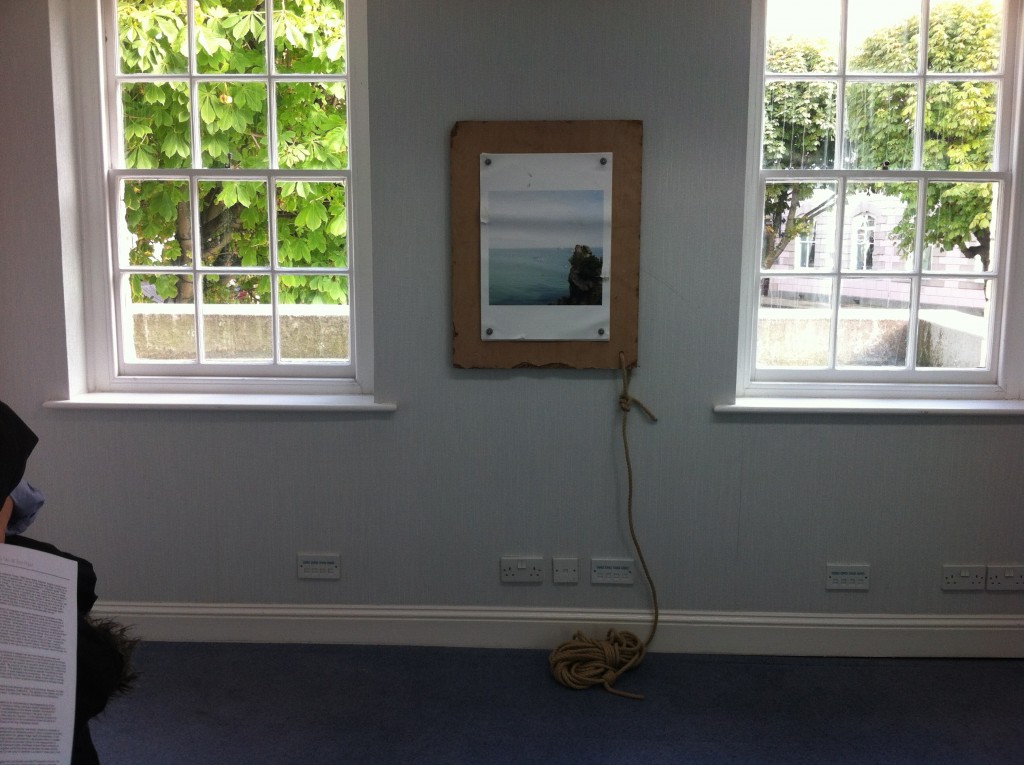
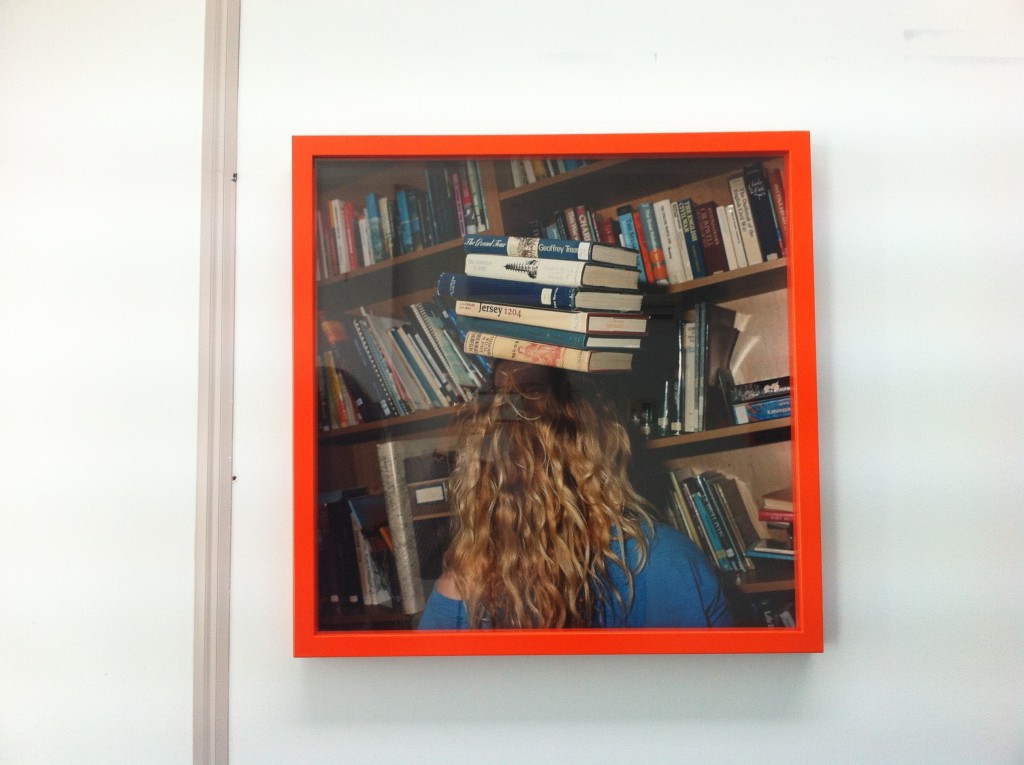
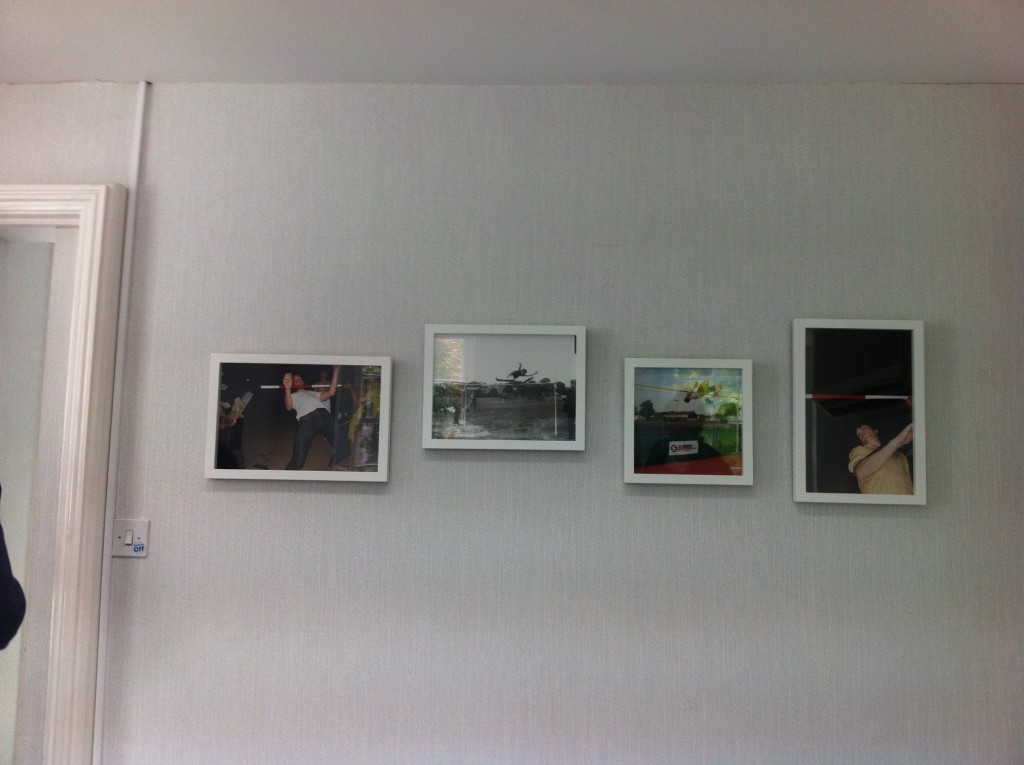
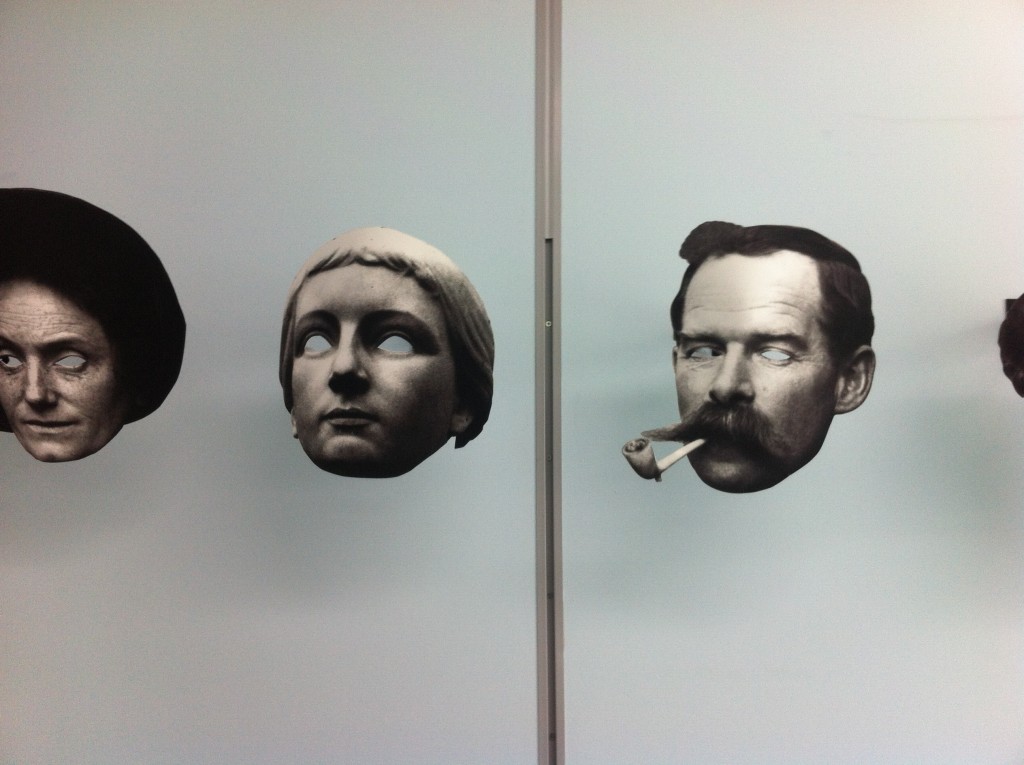
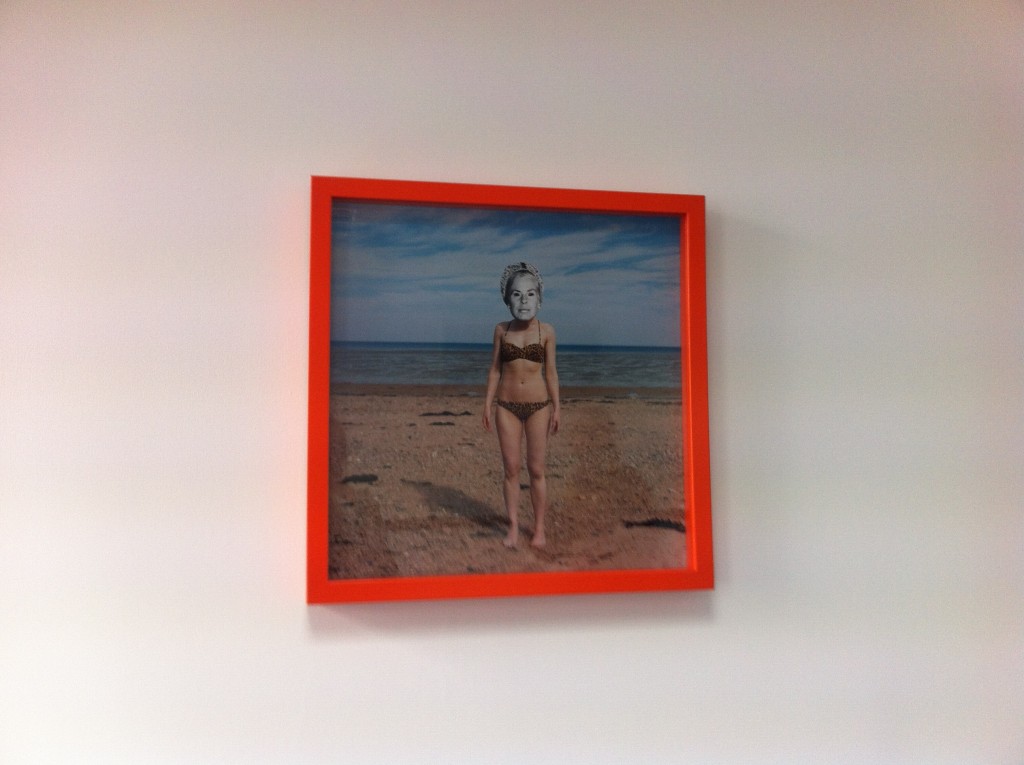

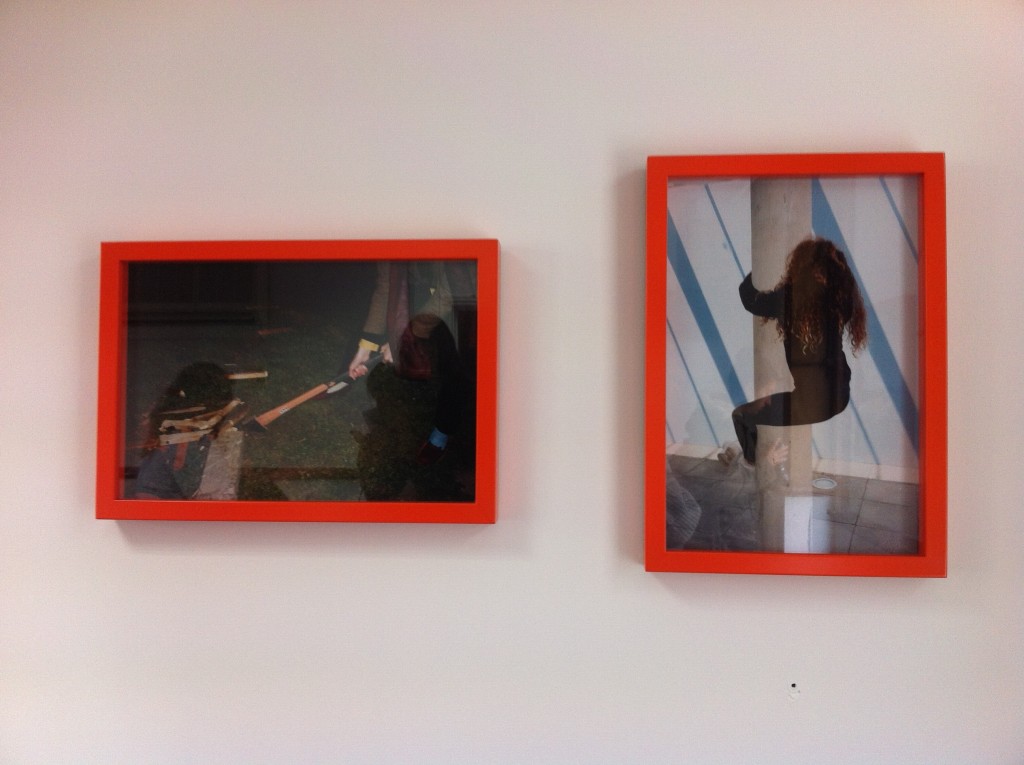
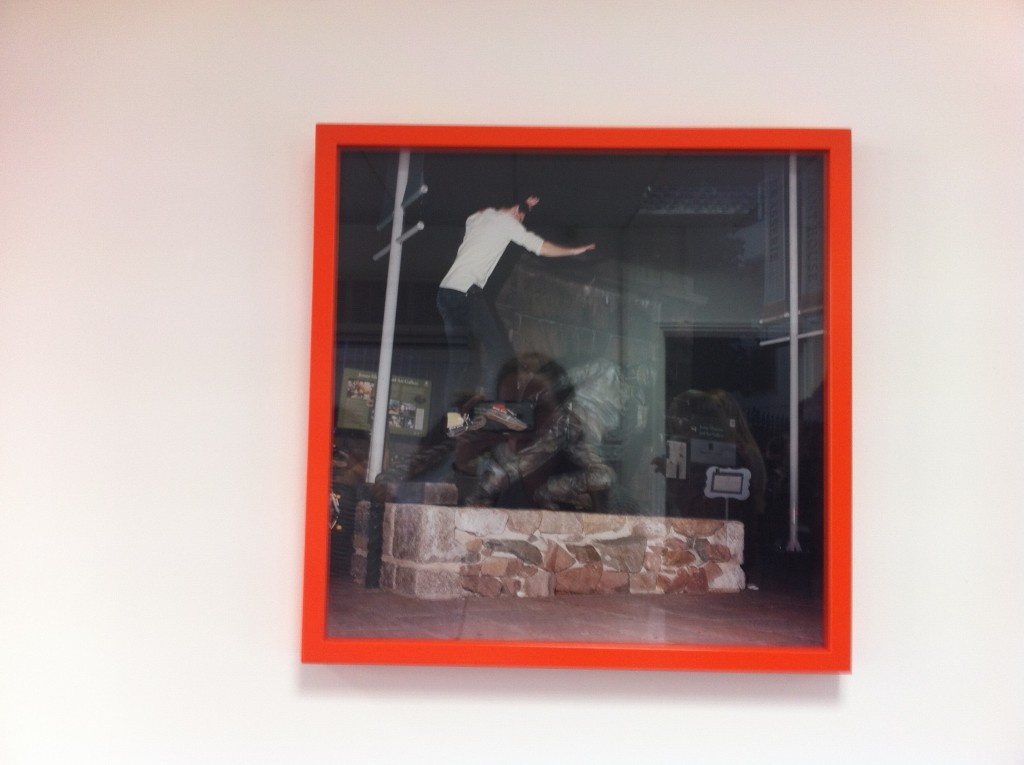
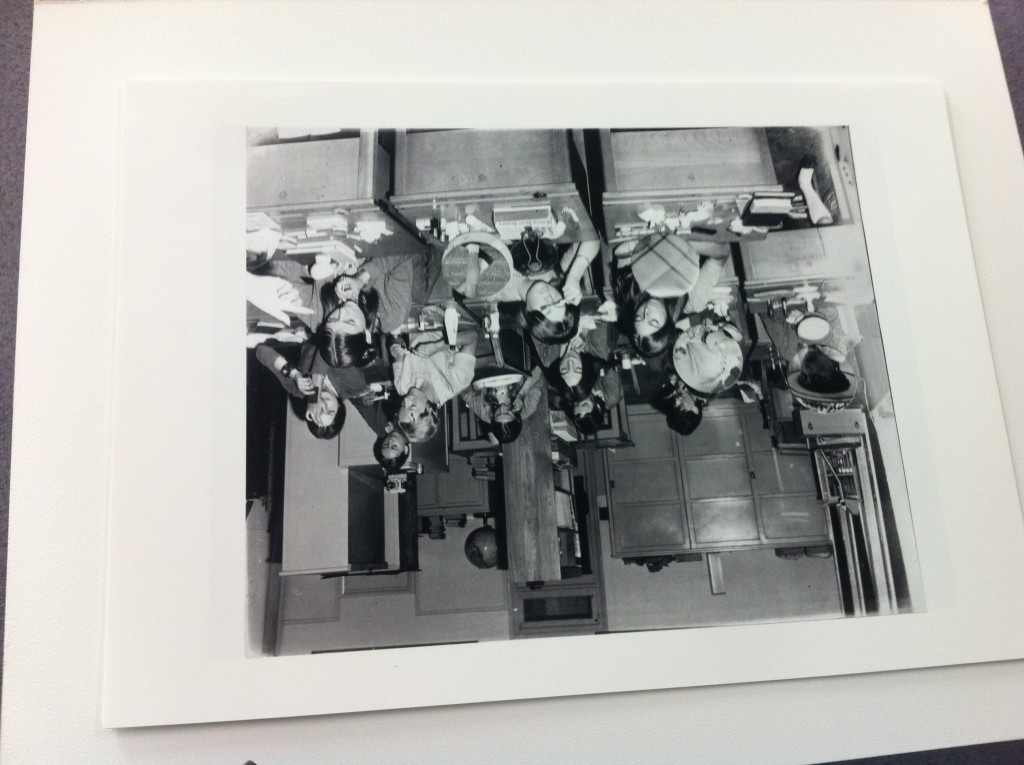
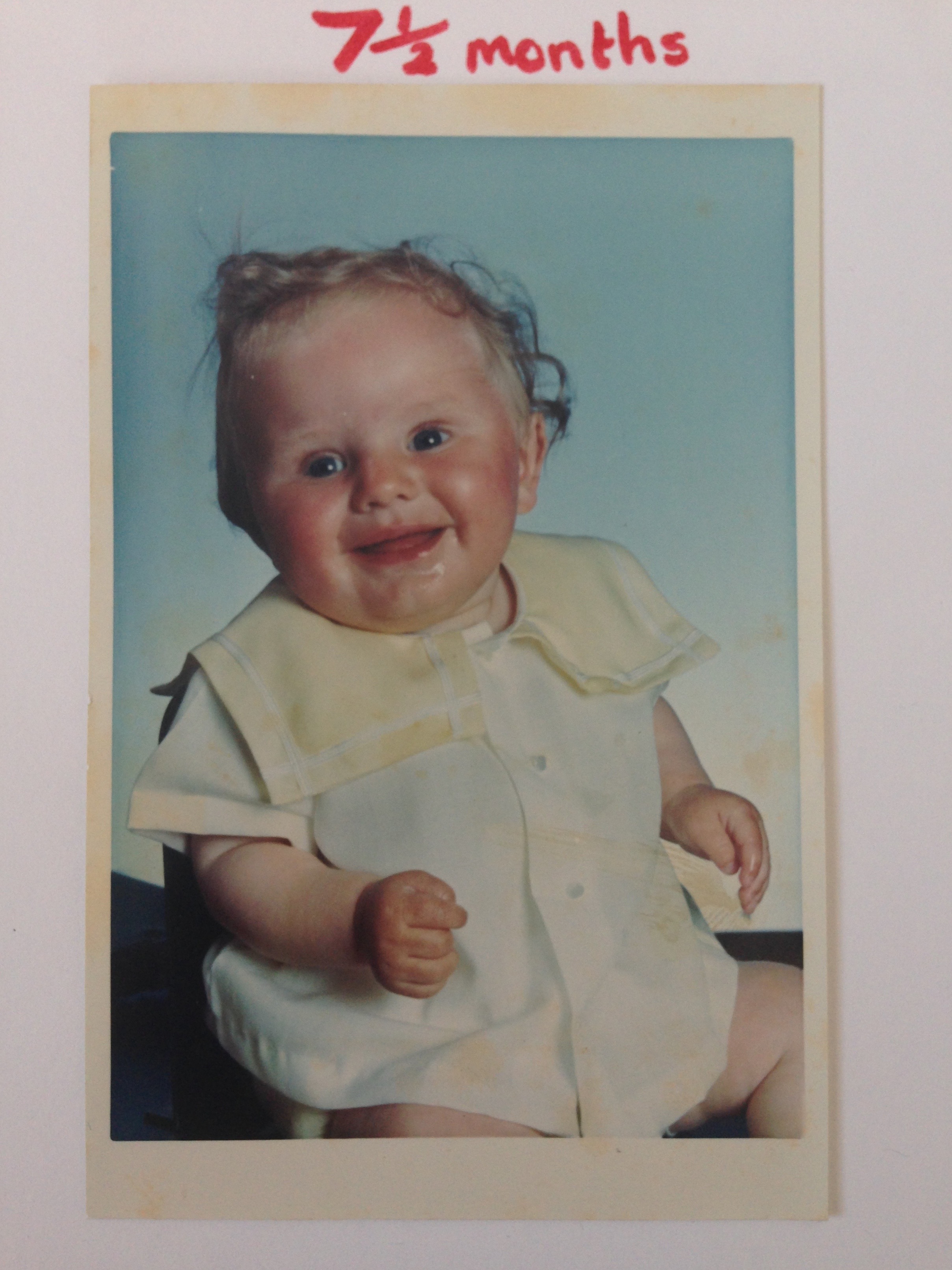
 7 1/2 months old.
7 1/2 months old.